According to many Apple users, Apple hit the bull's eye by switching from Intel processors to Apple Silicon. Apple computers have thus significantly improved in terms of performance, consumption and, in the case of laptops, battery life, which no one can deny. At the same time, these devices practically do not heat up at all, and in many ways it is difficult to even spin their fans - if they even have them. For example, such a MacBook Air is so economical that it can comfortably manage with passive cooling.
It could be interest you

On the other hand, they also have certain shortcomings. As you may know, Apple decided to switch to a completely different architecture with this move. This brought with it a number of not so simple challenges. Practically every application must therefore prepare for the new platform. In any case, it can function even without native support through the Rosetta 2 interface, which ensures the translation of the application from one architecture to another, but at the same time it takes a bite out of the available performance. Anyway, subsequently there is one more, for some quite fundamental, shortcoming. Macs with the basic M1 chip can handle connecting a maximum of one external display (Mac mini a maximum of two).
One external display is not enough
Of course, many Apple users who get by with a basic Mac (with an M1 chip) can do without an external display in many ways. At the same time, there are also groups of users from the opposite end of the barricade – that is, those who were previously used to using, for example, two additional monitors, thanks to which they had significantly more space for their work. It is these people who have lost this opportunity. Although they improved significantly by switching to Apple Silicon (in the vast majority of cases), on the other hand, they had to learn to function a little differently and thus become more or less humble in the area of the desktop. Practically since the arrival of the M1 chip, which was presented to the world in November 2020, nothing else has been decided, other than whether the desired change will come.
A glimpse of a better tomorrow came at the end of 2021, when the redesigned MacBook Pro was presented to the world in a version with a 14″ and 16″ screen. This model offers M1 Pro or M1 Max chips, which can already handle the connection of up to four external monitors (for M1 Max). But now is the perfect time to upgrade the base models.
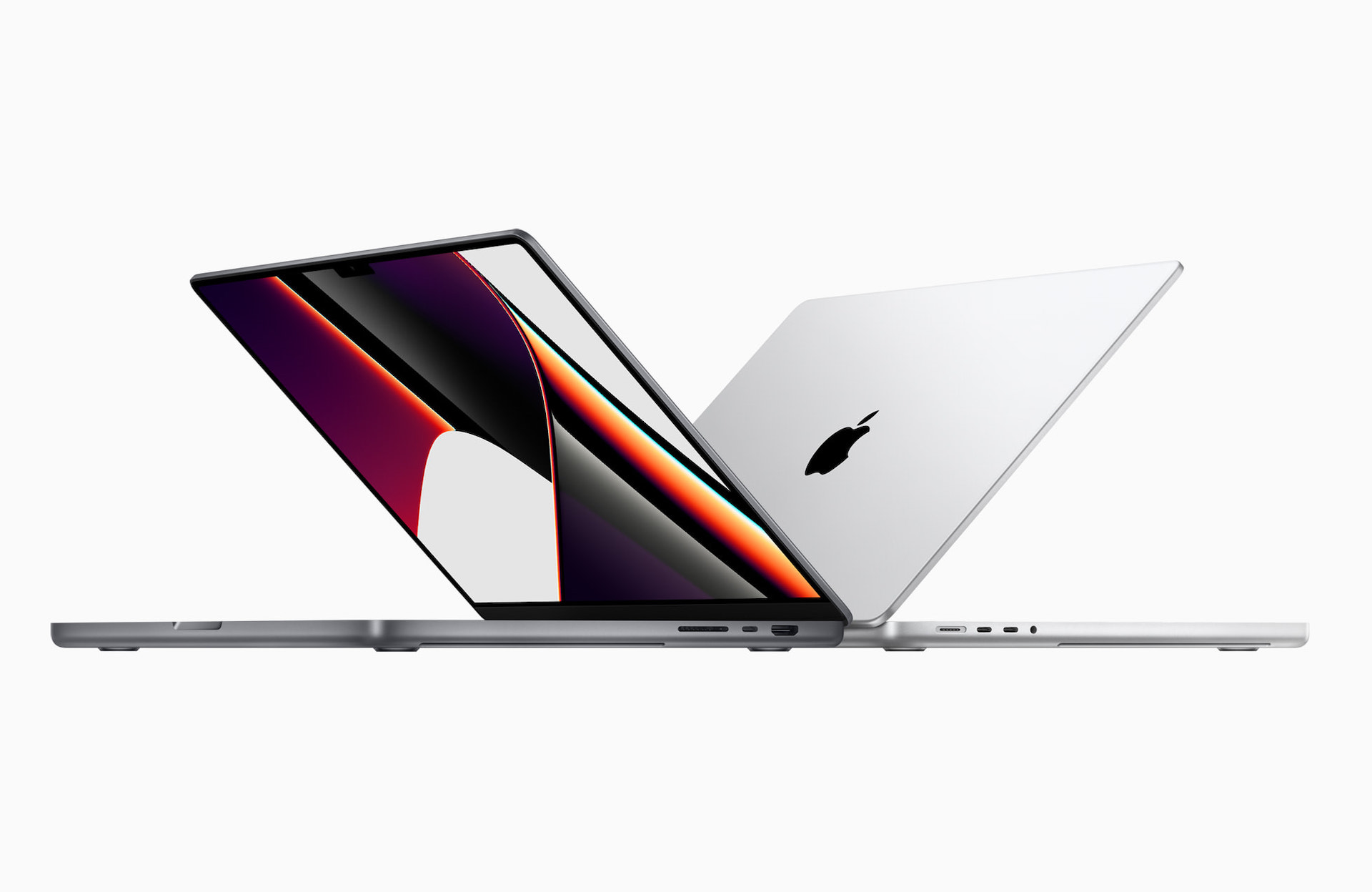
Will the M2 chip bring the desired changes?
During this year, the redesigned MacBook Air should be introduced to the world, which will contain a new generation of Apple Silicon chips, namely the M2 model. It should bring slightly better performance and greater economy, but there is still talk of solving the mentioned problem. According to currently available speculation, the new Macs should be able to connect at least two external displays. We will find out if this will really be the case when they are introduced.
It could be interest you

 Adam Kos
Adam Kos 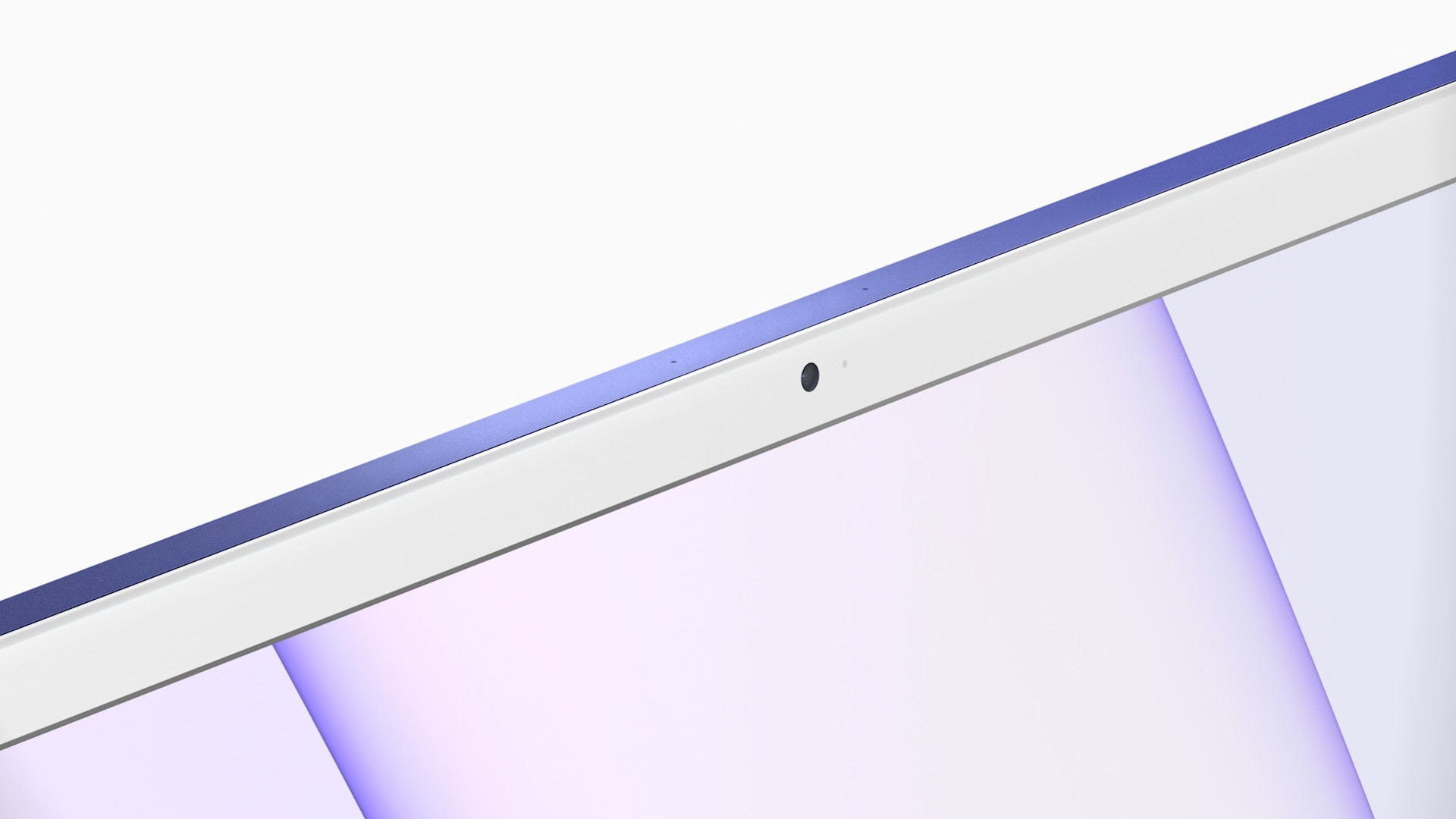


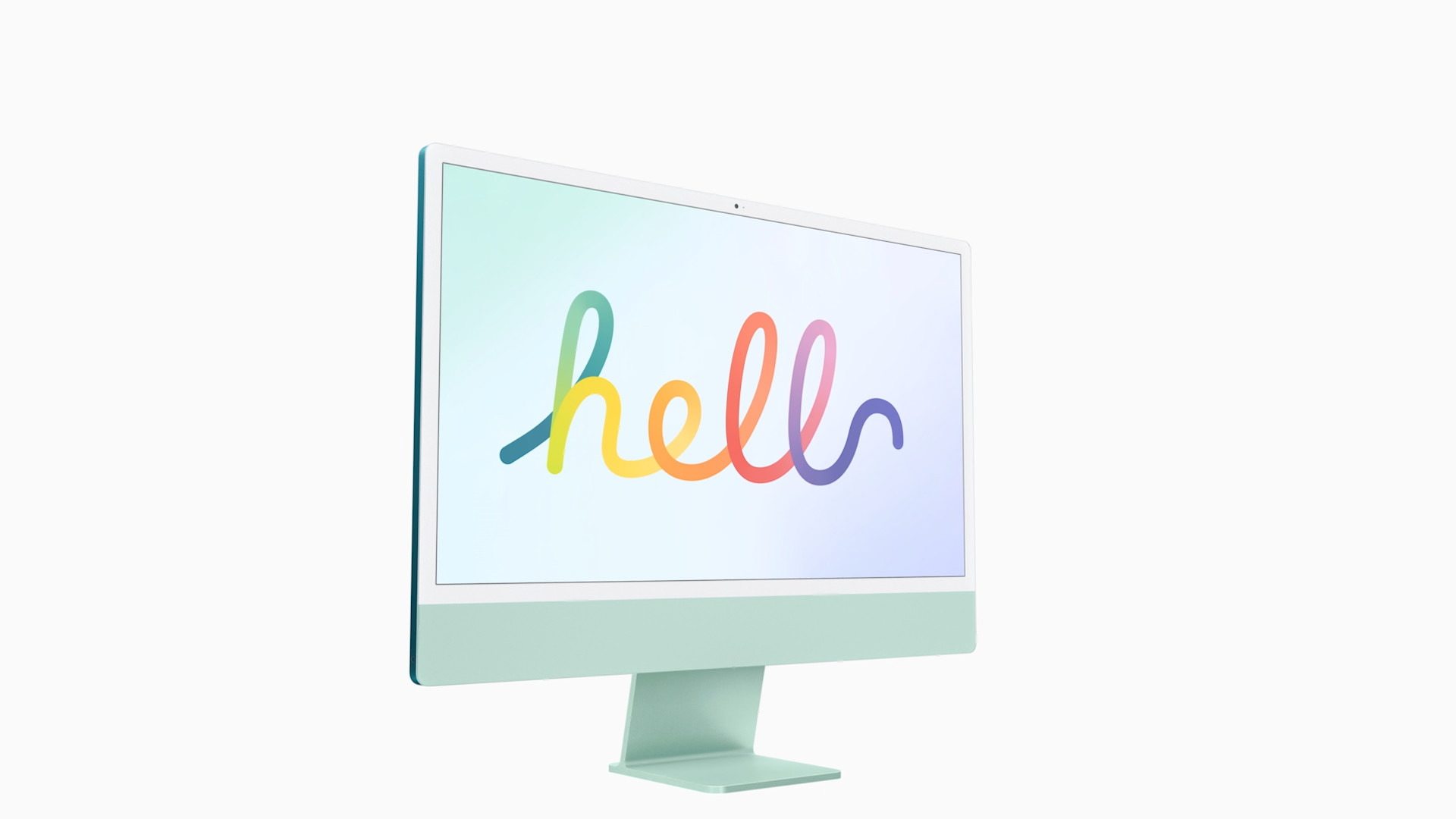

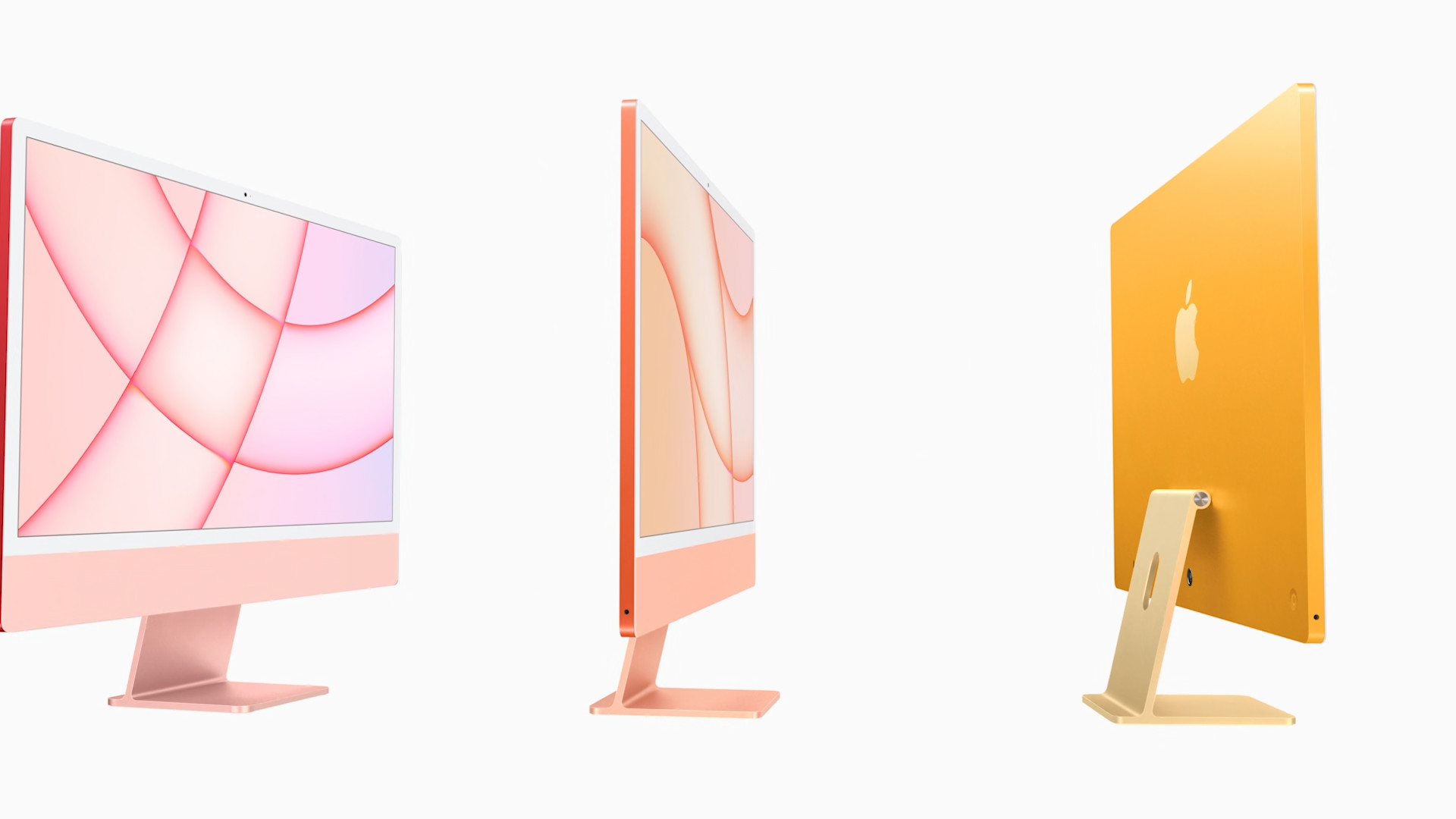
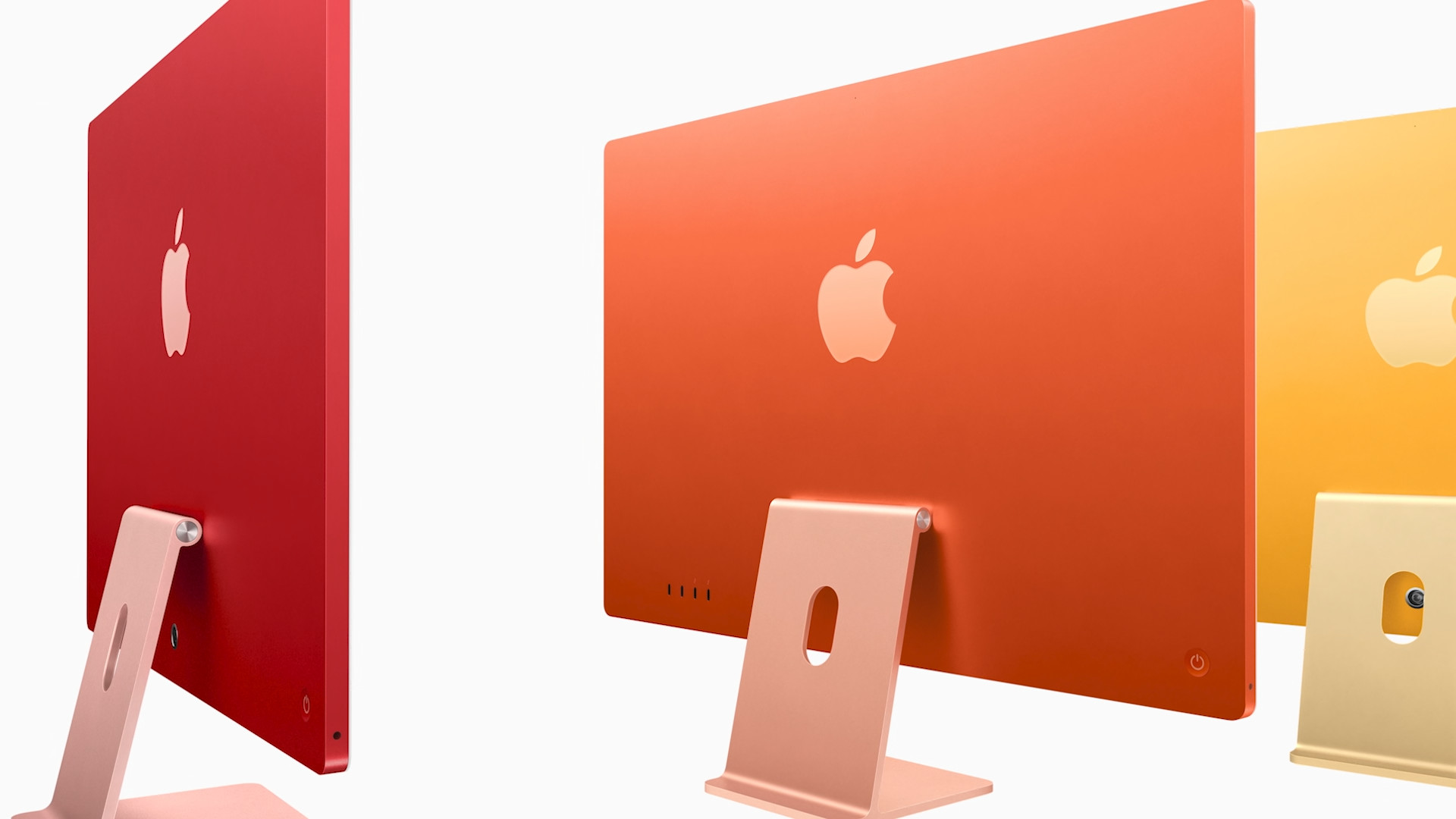


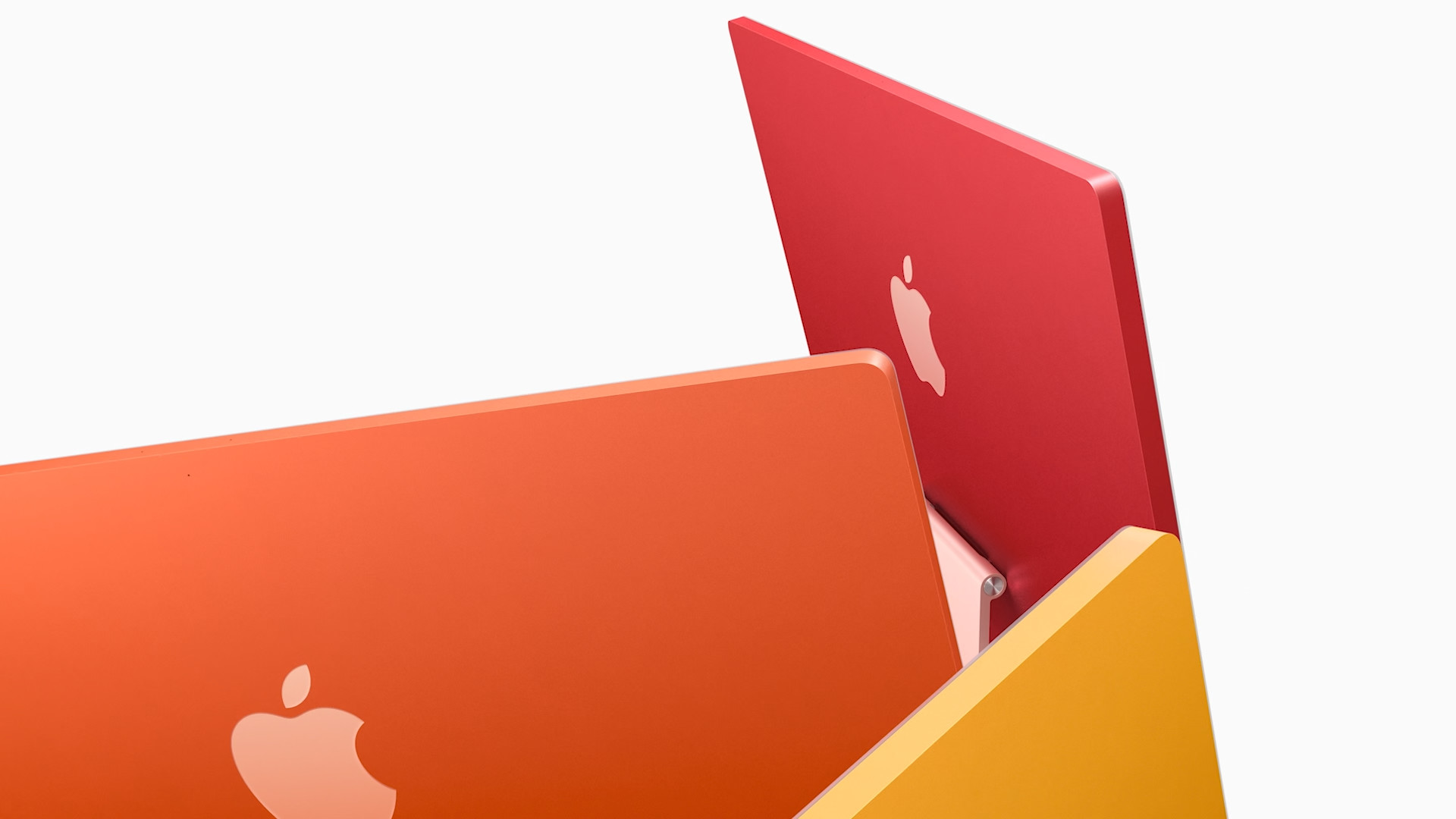
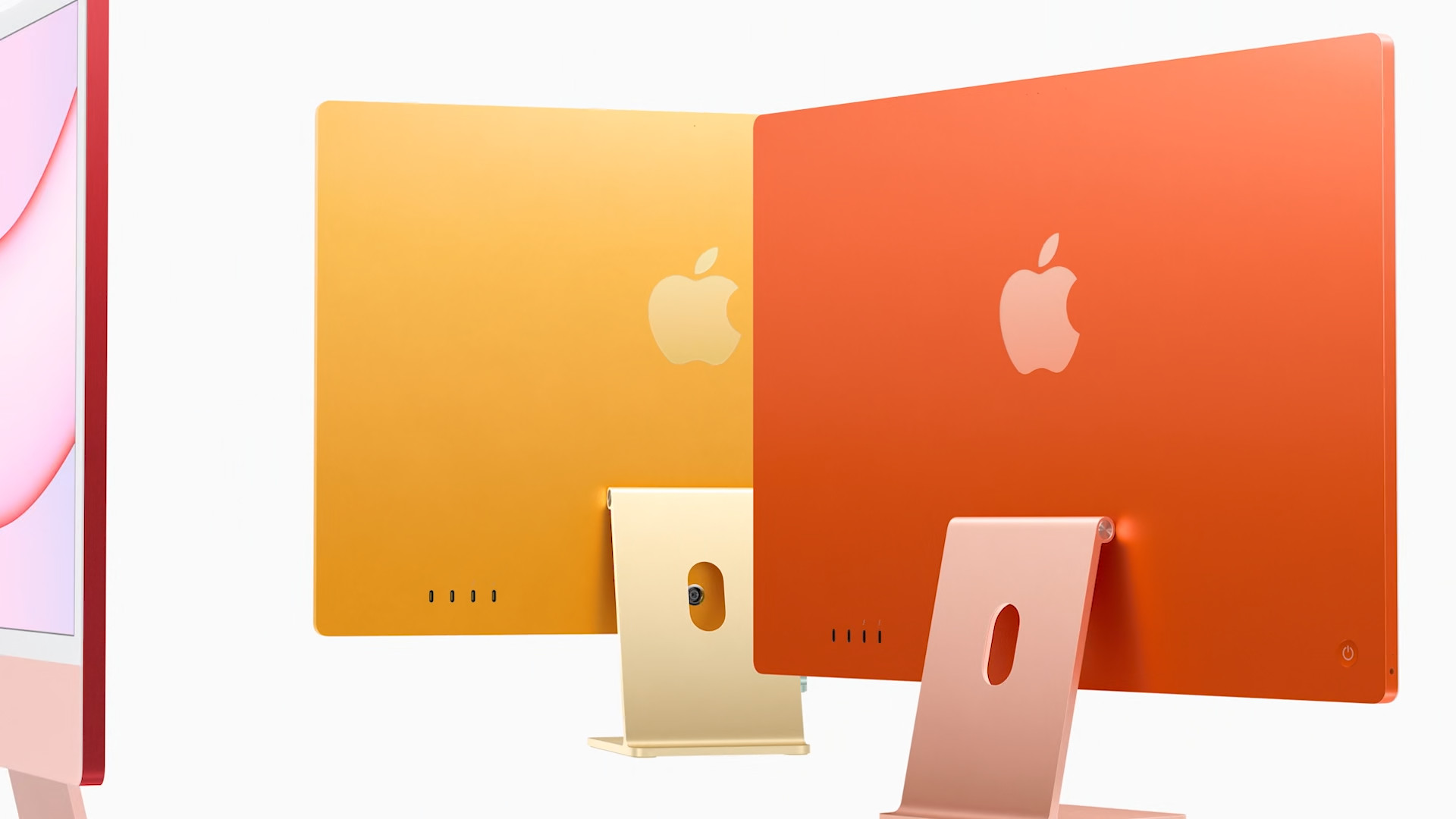

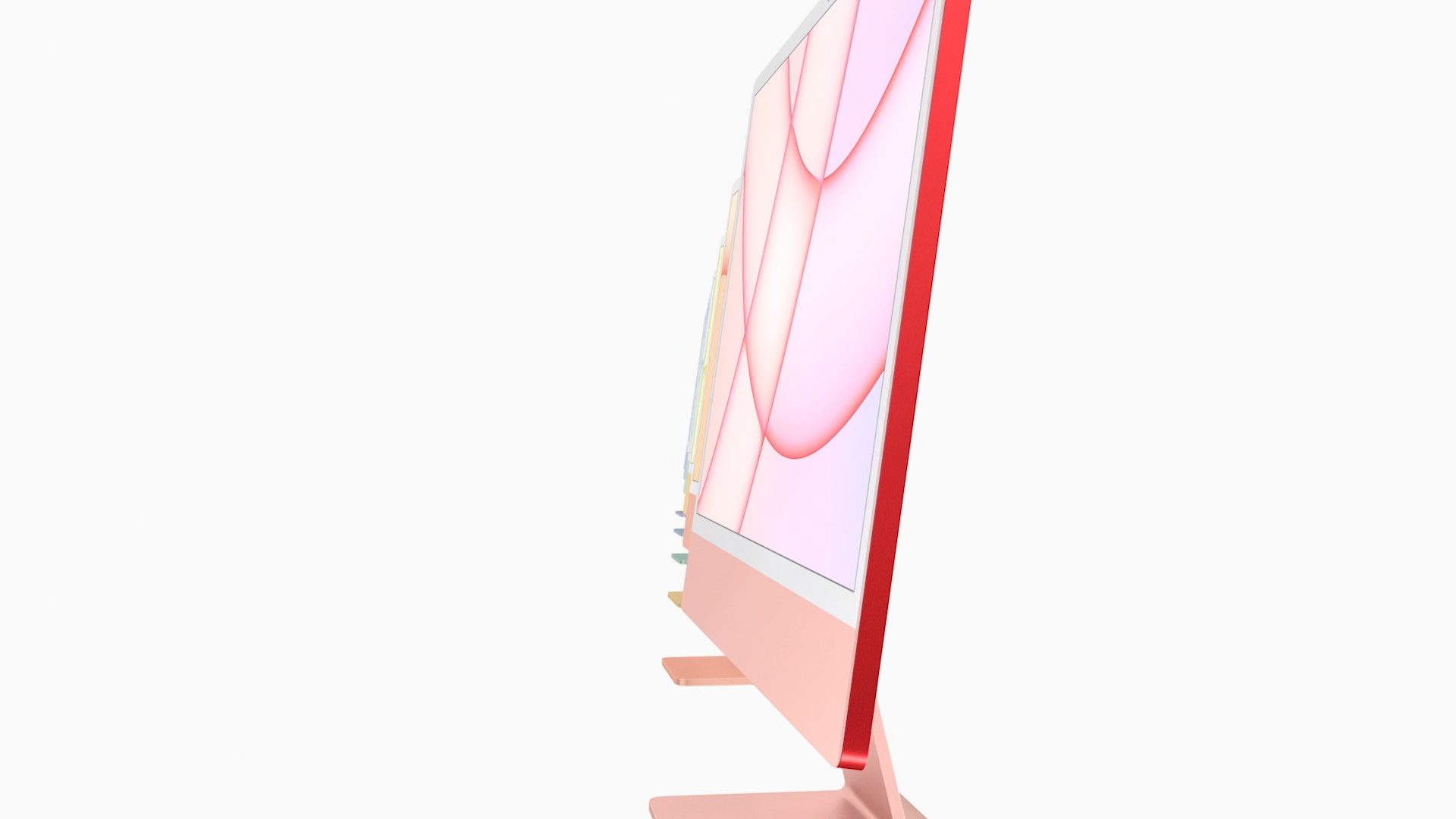






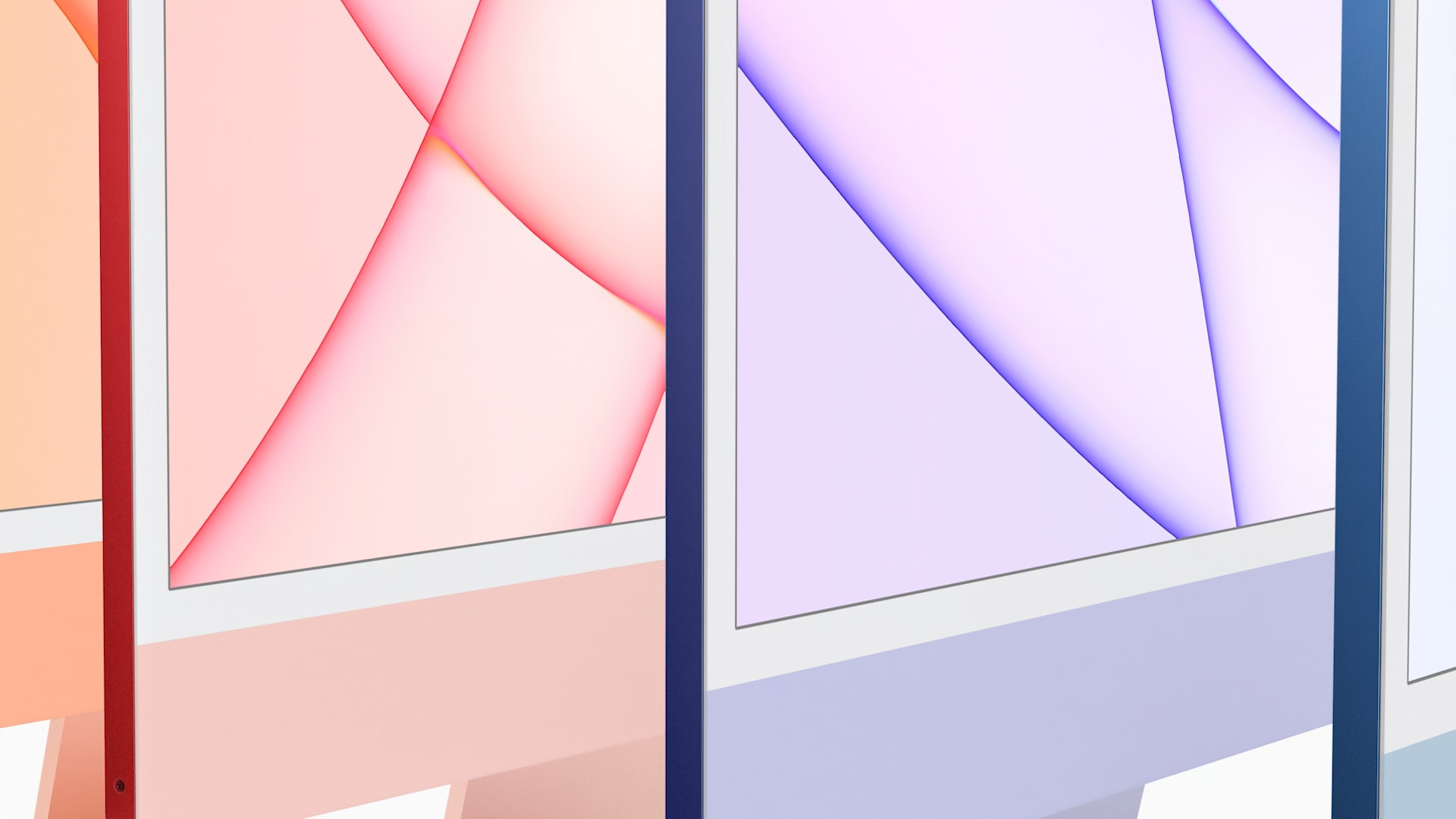

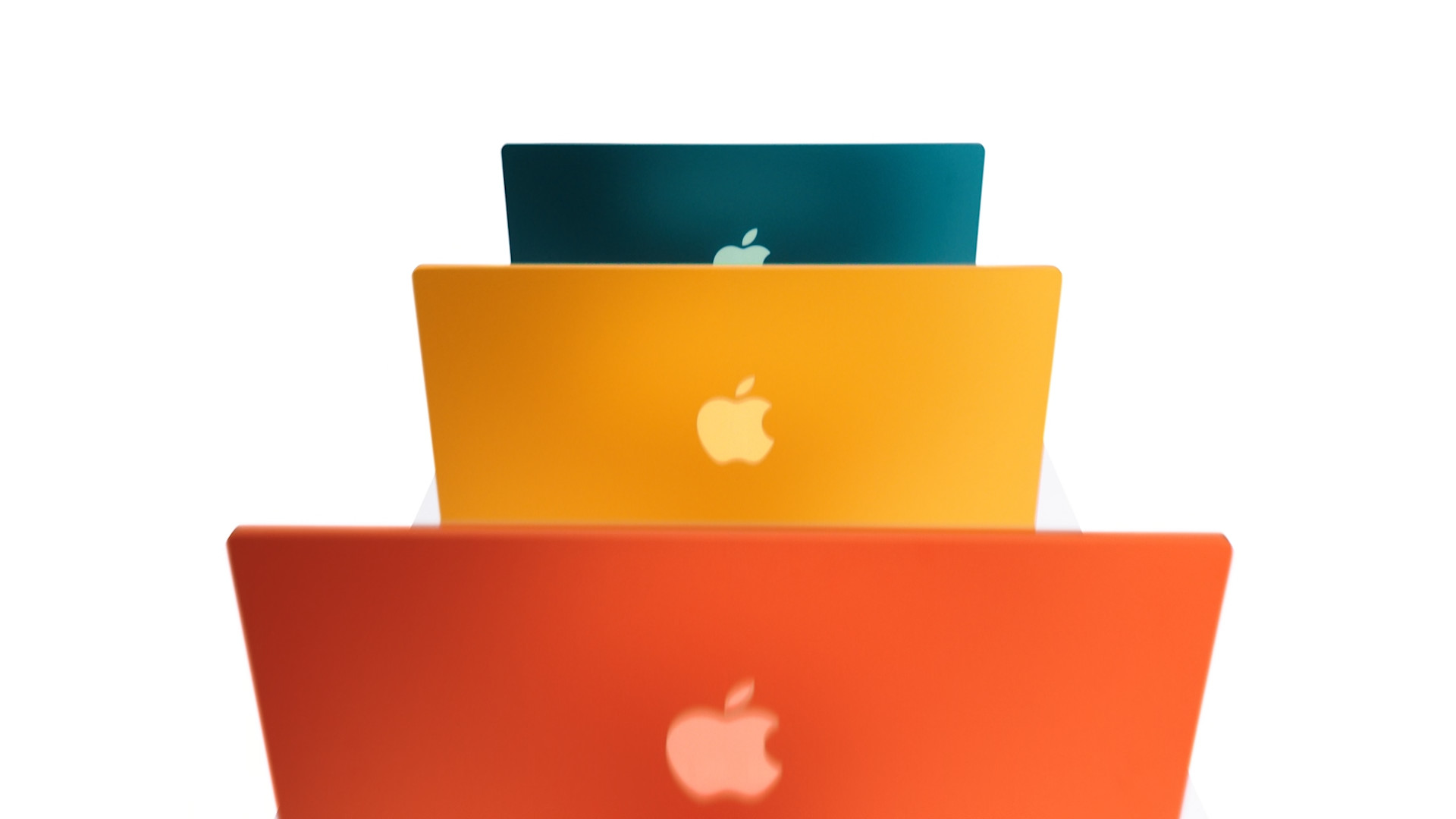
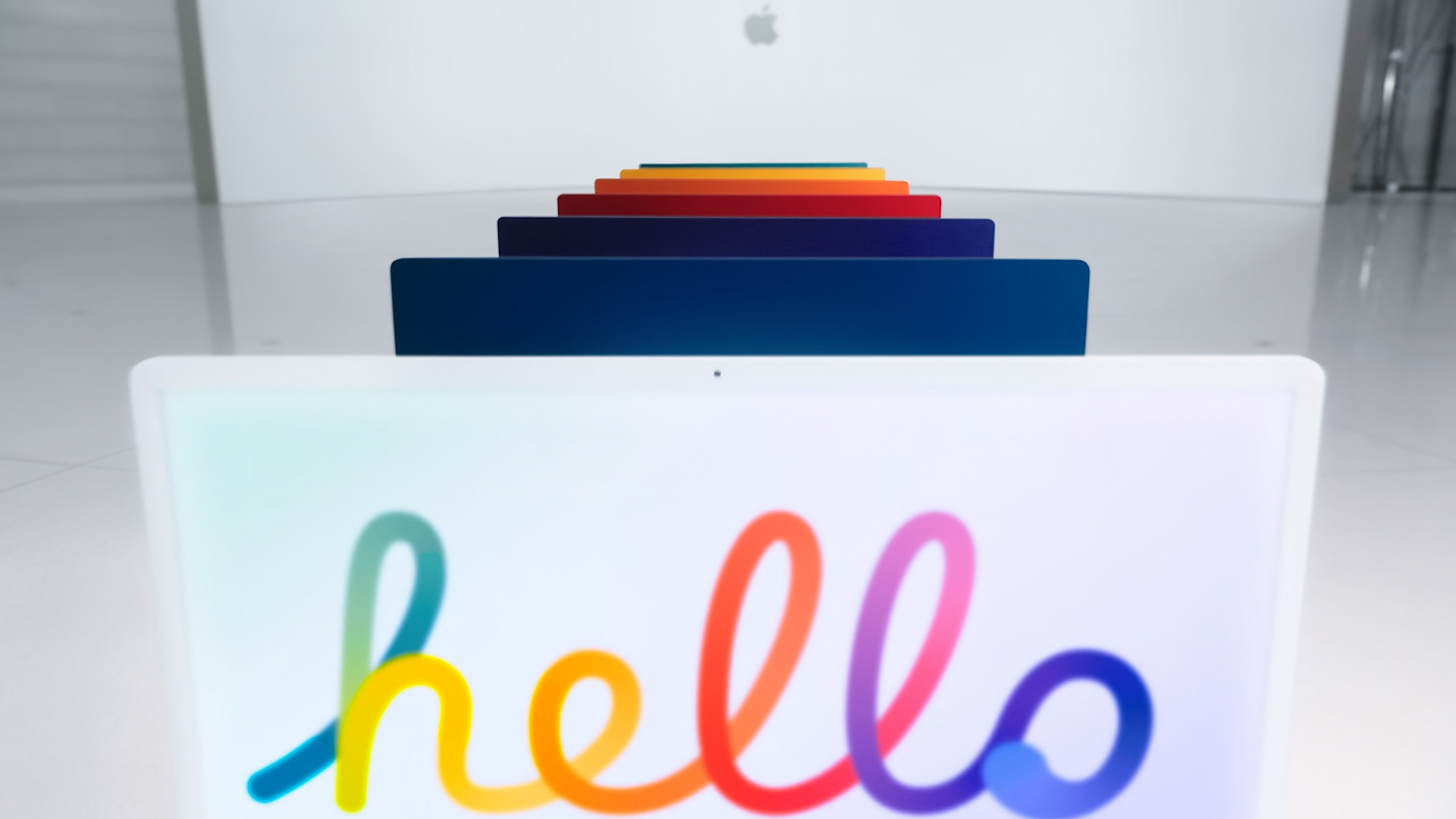
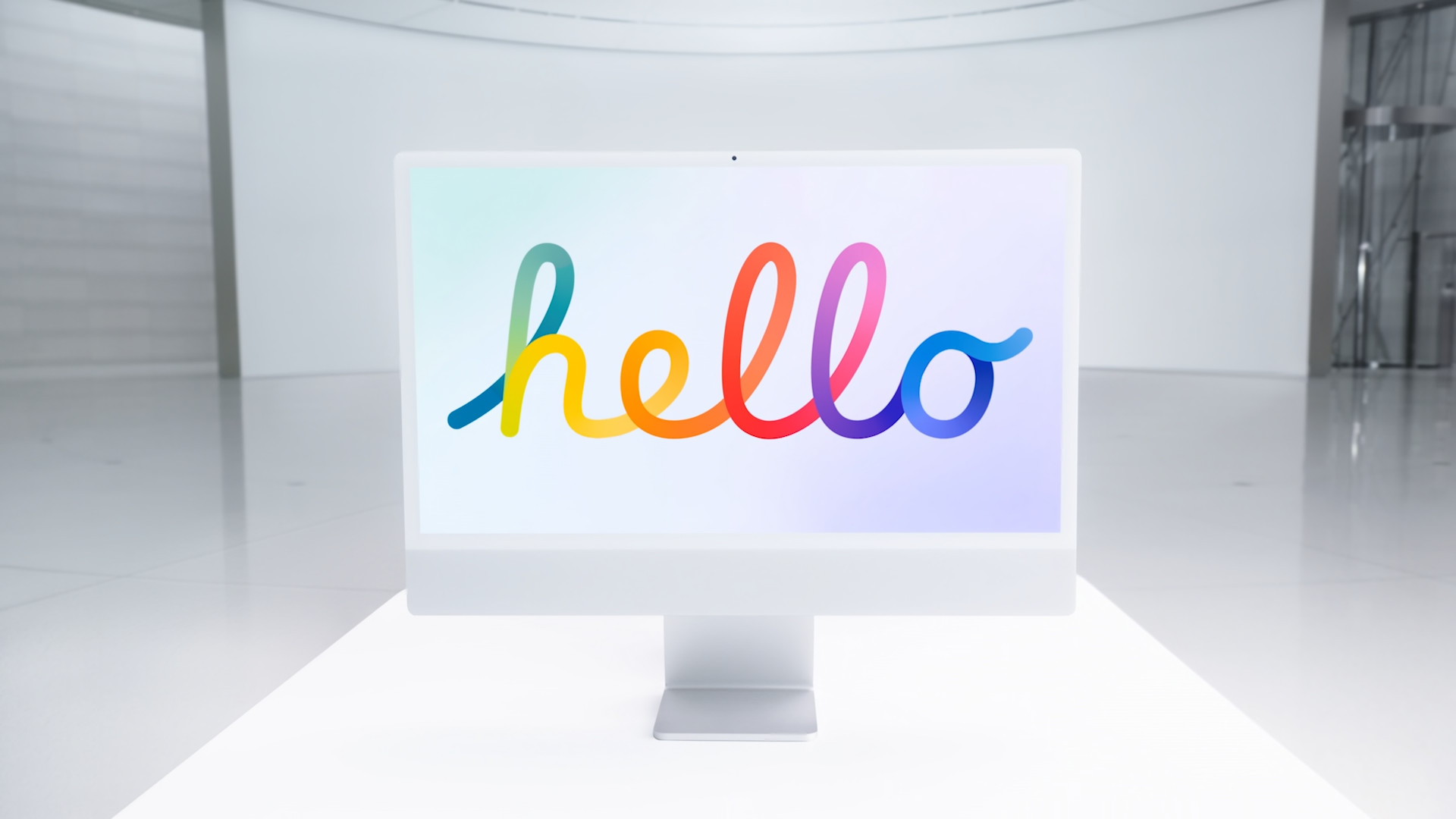
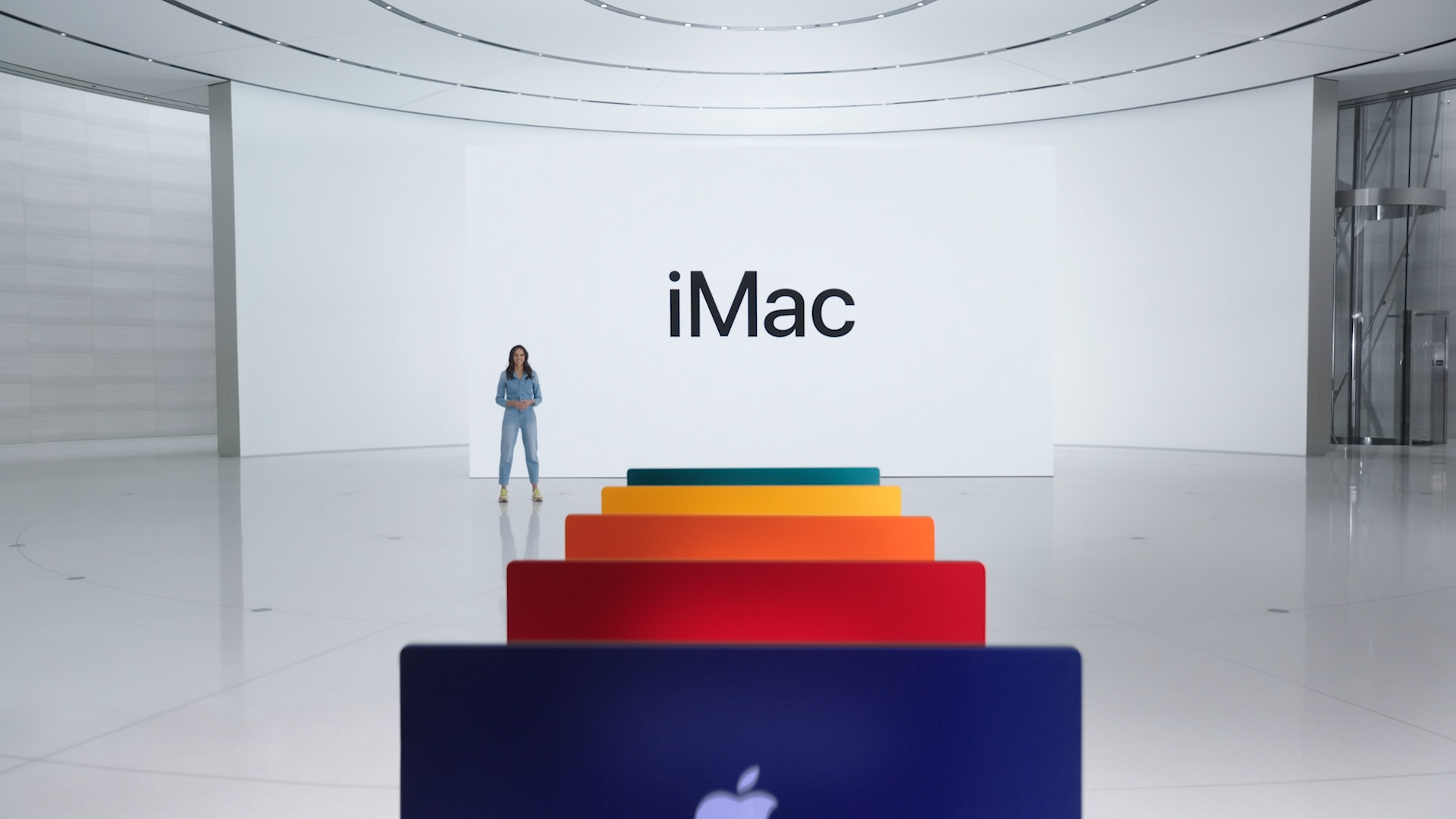
I use an M1 MBPro13″ with 2 external monitors. Although via the displayLink driver and dockStation, it runs stably. The MBP doesn't overheat, and you can't see it in the performance. Nativ will please, but I don't like it somehow extra.
Well, I don't know how much of a problem it is with a device that has only 2 USBC ports and if you want to use the device in "desktop" mode, i.e. A closed stand and maybe 2 monitors, so you have to put power in one USB C and then you only have one port anyway, so you have nowhere to put more monitors. The eGPU doesn't work on the M1, so you still have to go through some kind of dock and maybe connect two monitors there, right?
USB is a serial port and thus it probably supports at least the attachment of multiple devices
You can power your MacBook directly from a monitor that supports Power Delivery (PD).
I don't know, but I have 1 speakers connected to the mb air m3 (via a dell splitter) and it sleeps great. I only have one USB-C cable, the other input is empty.